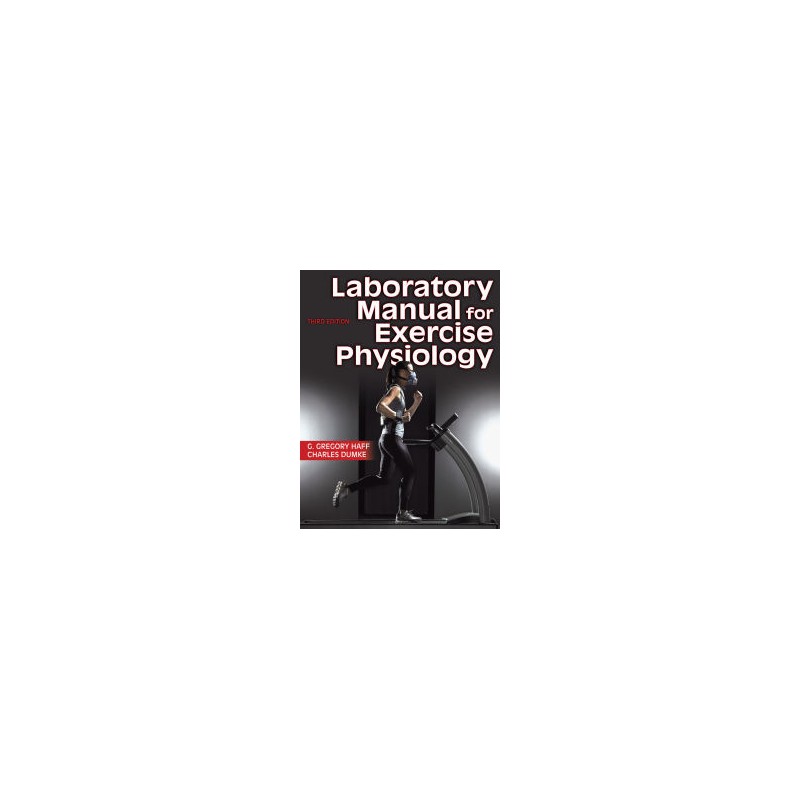Laboratory Manual for Exercise Physiology, Third Edition With HKPropel Access, provides guided lab activities that allow students to translate their scientific understanding of exercise physiology into practical applications. Written by experts G. Gregory Haff and Charles Dumke, the multiple lab activities are designed so they can be completed in any educational setting. The third edition is supported by full-color images and the addition of several new online interactive lab activities, which are ideal for labs with limited equipment as well as labs that are running completely in an online format.
The updated third edition comprises 16 laboratory chapters that offer a total of 59 lab activities. Each laboratory chapter provides a complete lesson, including objectives, definitions of key terms, and background information that sets the stage for learning. Each lab activity has step-by-step procedures, providing guidance for those new to lab settings so that they can complete the procedures. A lab activity finder makes it easy to locate specific tests. In addition to 10 new lab activities found in the text, the third edition features the following related online learning tools delivered through HK
Propel::
- Twenty-seven interactive lab activities with video to enhance student learning and simulate the experience of performing the labs in the real world; online lab activities are assignable and trackable by instructors
- More than 100 case studies for students, with sample answers provided for instructors, and question sets for every laboratory activity to further facilitate practical application of the data
- Guided notes to help students prepare for each lab by offering an introduction and prompting them to seek specific information through their reading of the chapter
- Electronic versions of individual and group data sheets for students to input data from the laboratory activities they conduct
- Chapter quizzes (assessments) that are automatically graded and may also be assigned by instructors to test comprehension of critical concepts
In addition to these online activities, the third edition of
Laboratory Manual for Exercise Physiology features a laboratory chapter on high-intensity fitness training that includes several popular intermittent fitness tests that students can learn to perform and interpret. Information in the appendixes provides students with a wealth of information, including helping them to estimate the oxygen cost of walking, running, and cycling. The text offers new research and information pertaining to each laboratory topic.
Laboratory Manual for Exercise Physiology, Third Edition With HKPropel Access, exposes students to a broad expanse of tests that are typically performed in an exercise physiology lab and that can be applied to a variety of professional settings. As such, the text serves as a high-quality resource for basic laboratory testing procedures used in assessing human performance, health, and wellness.
Note:: A code for accessing HK
Propel is included with this digital version.




 Delivery policy
Delivery policy
 Security policy
Security policy
 Return policy
Return policy
